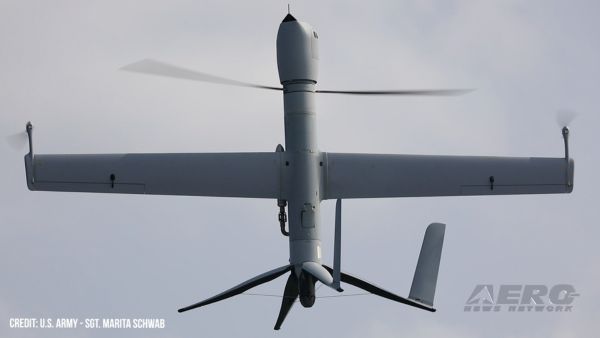Wed, Mar 13, 2013
Nearest Neighbor Discovered Since 1916
NASA's Wide-field Infrared Survey Explorer (WISE) has discovered a pair of stars that has taken over the title for the third-closest star system to the sun. The duo is the closest star system discovered since 1916. Both stars in the new binary system are "brown dwarfs," which are stars that are too small in mass to ever become hot enough to ignite hydrogen fusion. As a result, they are very cool and dim, resembling a giant planet like Jupiter more than a bright star like the sun.

"The distance to this brown dwarf pair is 6.5 light-years -- so close that Earth's television transmissions from 2006 are now arriving there," said Kevin Luhman, an associate professor of astronomy and astrophysics at Penn State University, University Park, Pa., and a researcher in Penn State's Center for Exoplanets and Habitable Worlds. "It will be an excellent hunting ground for planets because the system is very close to Earth, which makes it a lot easier to see any planets orbiting either of the brown dwarfs." The results will be published in the Astrophysical Journal Letters.
The star system is named "WISE J104915.57-531906" because it was discovered in an infrared map of the entire sky obtained by WISE. It is only slightly farther away than the second-closest star, Barnard's star, which was discovered 6 light-years from the sun in 1916. The closest star system consists of: Alpha Centauri, found to be a neighbor of the sun in 1839 at 4.4 light-years away, and the fainter Proxima Centauri, discovered in 1917 at 4.2 light-years.
Edward (Ned) Wright, the principal investigator for the WISE satellite at UCLA, said, "One major goal when proposing WISE was to find the closest stars to the sun. WISE J1049-5319 is by far the closest star found to date using the WISE data, and the close-up views of this binary system we can get with big telescopes like Gemini and the future James Webb Space Telescope will tell us a lot about the low-mass stars known as brown dwarfs."
The Gemini South telescope in Chile was also used in this study for follow-up observations.
(Image provided by NASA)
More News
Takeoff Roll The process whereby an aircraft is aligned with the runway centerline and the aircraft is moving with the intent to take off. For helicopters, this pertains to the act>[...]
“We’re proud of the hard work that went into receiving this validation, and it will be a welcome relief to our customers in the European Union. We couldn’t be mor>[...]
"Aircraft Spruce is pleased to announce the acquisition of the parts distribution operations of Wag-Aero. Wag-Aero was founded in the 1960’s by Dick and Bobbie Wagner in the >[...]
IDENT Feature The special feature in the Air Traffic Control Radar Beacon System (ATCRBS) equipment. It is used to immediately distinguish one displayed beacon target from other be>[...]
Aero Linx: Pararescue Air Force Pararescuemen, also known as PJs, are the only DoD elite combat forces specifically organized, trained, equipped, and postured to conduct full spect>[...]
 ANN's Daily Aero-Term (05.10.24): Takeoff Roll
ANN's Daily Aero-Term (05.10.24): Takeoff Roll Aero-News: Quote of the Day (05.10.24)
Aero-News: Quote of the Day (05.10.24) Aero-News: Quote of the Day (05.11.24)
Aero-News: Quote of the Day (05.11.24) ANN's Daily Aero-Term (05.11.24): IDENT Feature
ANN's Daily Aero-Term (05.11.24): IDENT Feature ANN's Daily Aero-Linx (05.11.24)
ANN's Daily Aero-Linx (05.11.24)



